Key gauges manage to take winning streak to 5th straight day
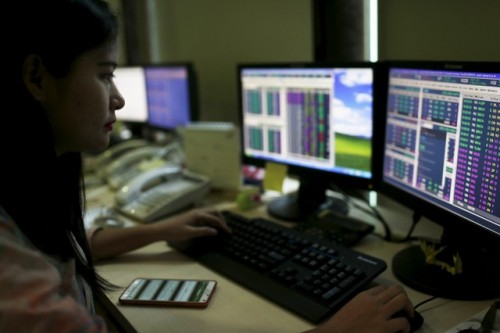
Indian benchmark indices ended a choppy session higher, managing to take their winning streak to a fifth straight day on Thursday, led by gains in Metal, Capital Goods and Power stocks. After making cautious start, markets gained some traction, as traders got some support with the World Bank’s statement that Narendra Modi government’s Production-Linked Incentive (PLI) Scheme will likely help India’s economy grow at 8.7% in the next financial year 2022-23, beating emerging market peers including China. Some support also came with Commerce and Industry Minister Piyush Goyal’s statement that startups of the country will help India transition from an assembly economy, particularly in the digital world, to a knowledge-based economy. In this digital age, technology has removed boundaries and barriers.
However, key indices erased initial gains amid volatility due to subdued macro-economic data. India’s industrial production growth remained subdued for the third straight month and expanded by 1.4 per cent in November, mainly due to the waning low base effect. Also, rising prices of essential kitchen items pushed the retail inflation to a six-month high of 5.59 per cent in December, close to the Reserve Bank’s upper tolerance limit of 6 per cent. Traders also remain concerned as a private report revised downwards its India's growth forecast for the current financial year to 9.1 per cent from 9.5 per cent earlier, citing the massive surge in Omicron infections and the resultant impact on overall economic activities in the March quarter. But, markets managed to end in green, taking support from India's Bharat Biotech statement that the booster shot of its Covaxin COVID-19 vaccine administered six months after the last of two doses neutralises both the Omicron and Delta variants of the coronavirus.
On the global front, Asian markets settled mostly higher on Thursday following the positive cues overnight from Wall Street. The upside is limited as traders digested the latest US inflation data and remained concerned about the sharp spike in domestic coronavirus infections. European markets were trading lower despite the keenly awaited inflation data from the U.S coming in along expected lines requiring no more harsher measures by the Fed. Back home, on the sectoral front, textile industry stocks were in limelight with a report that the country's exports of textiles and apparel, including handicrafts, rose to $29.8 billion during April-December this fiscal as compared to $21.2 billion in the same period last year. Telecom stocks too were under watch after the communications ministry said telecom operators Vodafone Idea (VIL), Tata Teleservices and Tata Teleservices (Maharashtra) (TTML) will not become public sector undertakings after their interest payable on dues are converted into government equity.
Finally, the BSE Sensex rose 85.26 points or 0.14% to 61,235.30 and the CNX Nifty was up by 45.45 points or 0.25% to 18,257.80.
The BSE Sensex touched high and low of 61,348.57 and 60,949.81, respectively and there were 19 stocks advancing against 11 stocks declining on the index.
The broader indices ended in green; the BSE Mid cap index rose 0.38%, while Small cap index was up by 0.49%.
The top gaining sectoral indices on the BSE were Metal up by 3.86%, Capital Goods up by 1.56%, Power up by 1.52%, Basic Materials up by 1.40% and Utilities up by 1.32%, while Realty down by 0.72%, Bankex down by 0.67%, Consumer Disc down by 0.30%, Consumer Durables down by 0.15% and Telecom down by 0.06% were the top losing indices on BSE.
The top gainers on the Sensex were Tata Steel up by 6.40%, Sun Pharma up by 3.53%, Larsen & Toubro up by 2.30%, Mahindra & Mahindra up by 1.66% and Power Grid Corporation up by 1.49%. On the flip side, Wipro down by 6.00%, Asian Paints down by 2.47%, HDFC Bank down by 1.81%, Indusind Bank down by 1.55% and Kotak Mahindra Bank down by 1.46% were the top losers.
Meanwhile, Rating agency ICRA has said it expects a miss in the disinvestment target to cause the government's fiscal deficit to print at Rs 16.6 lakh crore or 7.1 per cent of the GDP in current fiscal (FY22), overshooting the budgeted target. It stated with the state governments' fiscal deficit projected at a relatively modest 3.3 per cent of GDP in FY22, the general government fiscal deficit is estimated at around 10.4 per cent of the GDP. In the base case for FY23, it sees the government's fiscal deficit moderating to Rs 15.2 lakh crore or 5.8 per cent of GDP.
It said although the planned ceasing of GST compensation could cause the state governments' fiscal deficit to rise to the cap of 3.5 per cent of the GSDP set by the Fifteenth Finance Commission, the general government deficit will still compress to 9.3 per cent of the GDP in FY23.
ICRA's chief economist Aditi Nayar said that with a palpable buoyancy in tax collections, the government's gross tax receipts is expected to overshoot the budgeted amount by a healthy Rs 2.5 lakh crore in FY22. However, she said the net tax revenue gains to the government will be nullified by the expected large miss on receipts from disinvestment and back-ended spending, especially on those items that were included in the Second Supplementary Demand for Grants, such as food and fertiliser subsidies, equity infusion into Air India Assets Holding Limited, etc.
The CNX Nifty traded in a range of 18,272.25 and 18,163.80 and there was 36 stocks advancing against 14 stocks declining on the index.
The top gainers on Nifty were Tata Steel up by 6.26%, JSW Steel up by 4.32%, Sun Pharma up by 3.57%, Coal India up by 3.26% and Larsen & Toubro up by 2.47%. On the flip side, Wipro down by 5.97%, Asian Paints down by 2.42%, HCL Technologies down by 1.86%, HDFC Bank down by 1.78% and Indusind Bank down by 1.62% were the top losers.
European markets were trading lower; UK’s FTSE 100 decreased 2.98 points or 0.04% to 7,548.74, France’s CAC decreased 25.42 points or 0.35% to 7,211.77 and Germany’s DAX decreased 16.04 points or 0.1% to 15,994.28.
Asian markets settled mostly higher on Thursday as the keenly awaited December inflation number from the United Stated largely came in line with market expectations, which was not enough to force faster monetary tightening by the US Federal Reserve. Data from the US Labour Department showed its consumer price index increased 0.5% last month after rising 0.8% in November, while in the 12 months through December, the CPI surged 7% to its highest year-on-year rise in nearly four decades. However, surging coronavirus cases in Asia have raised uncertainty about the pace of recovery from the pandemic and capped further gain in Asian stocks. Chinese shares dragged lower after new bank lending in China fell more than expected in December from the previous month, led by property developers and consumption stocks, while growing concerns over the coronavirus situation, the strict lockdowns and the resultant impact on the economy also adding pressure on sentiments.
Above views are of the author and not of the website kindly read disclaimer
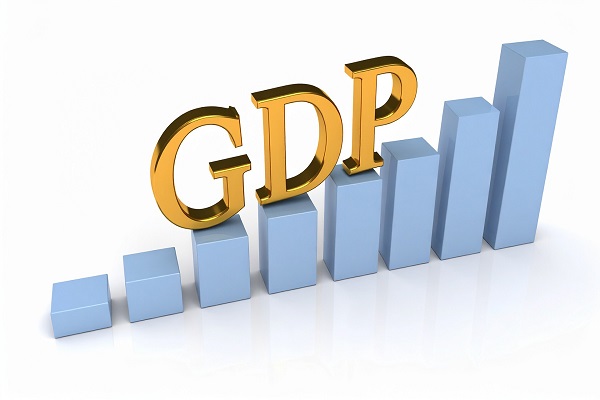






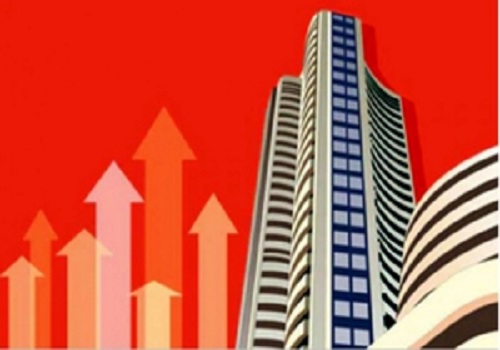
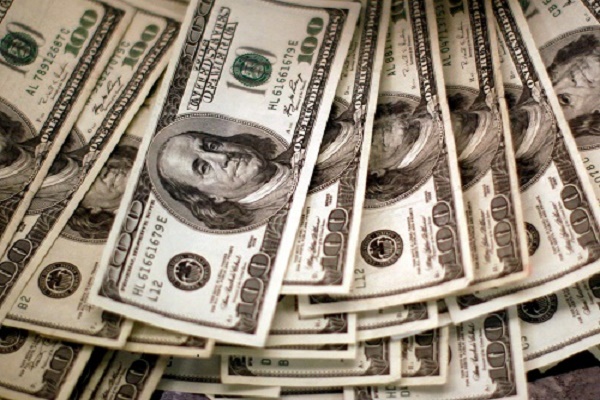





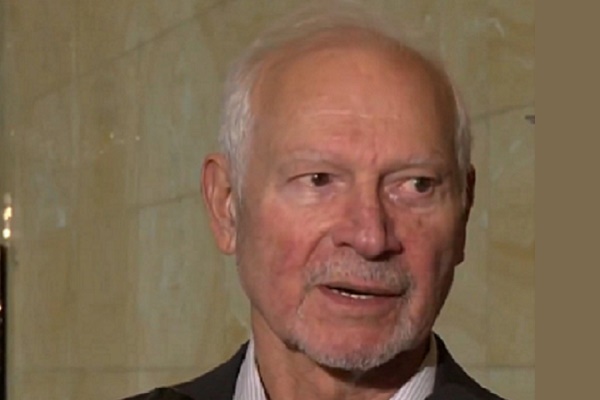



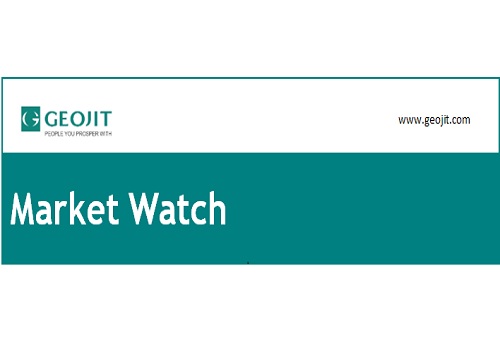
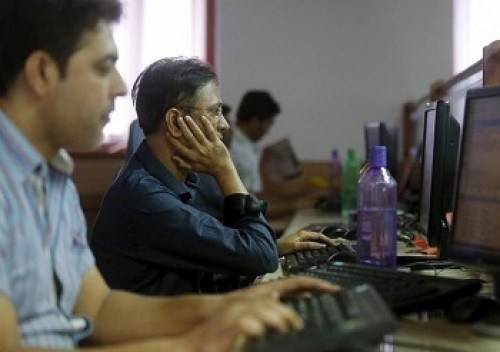
.jpg)